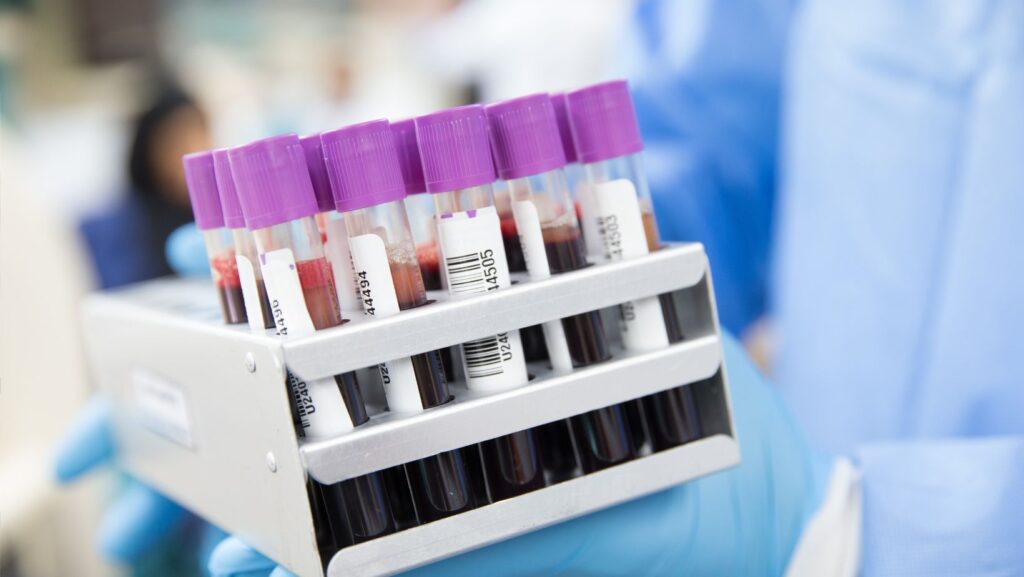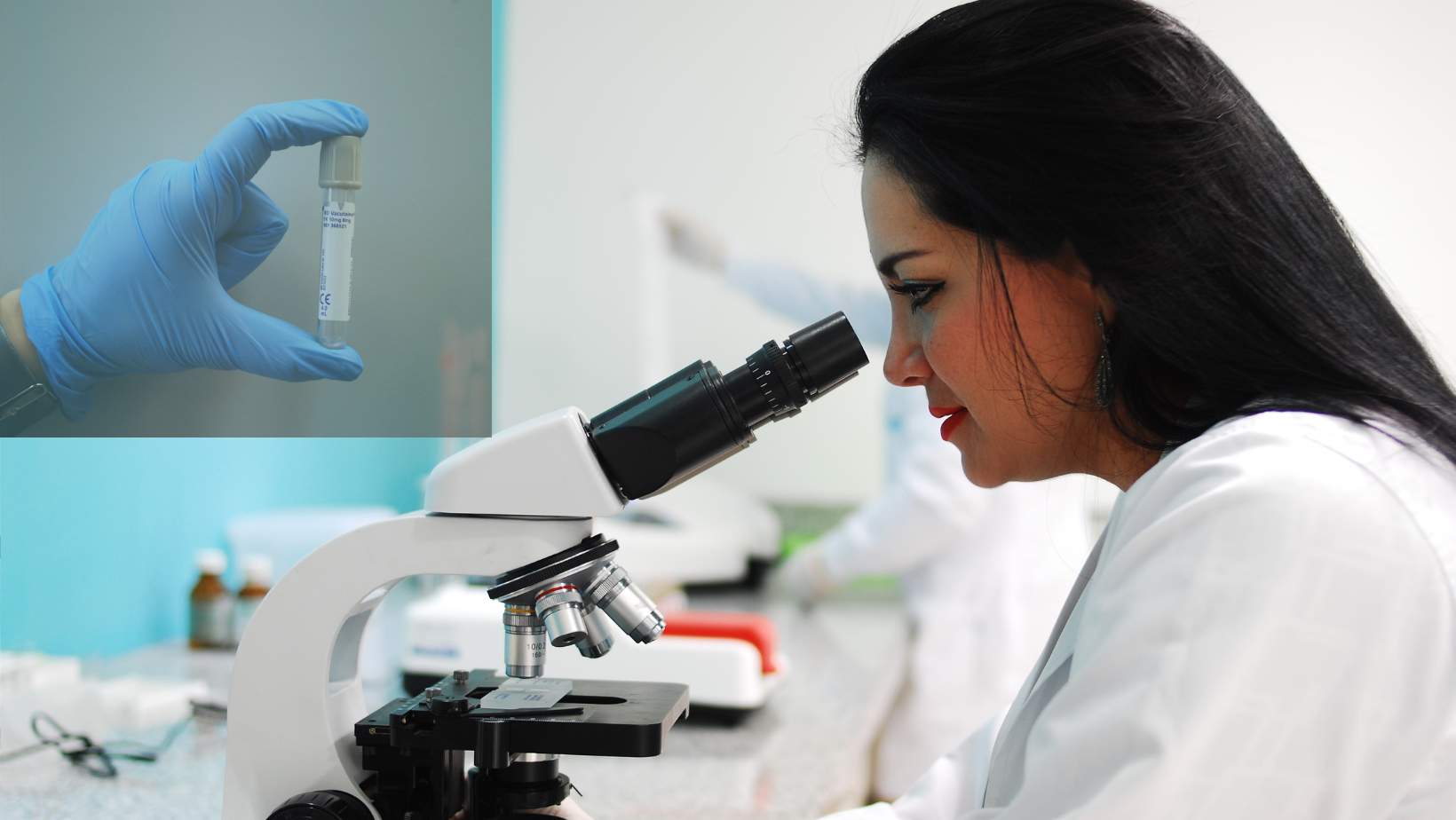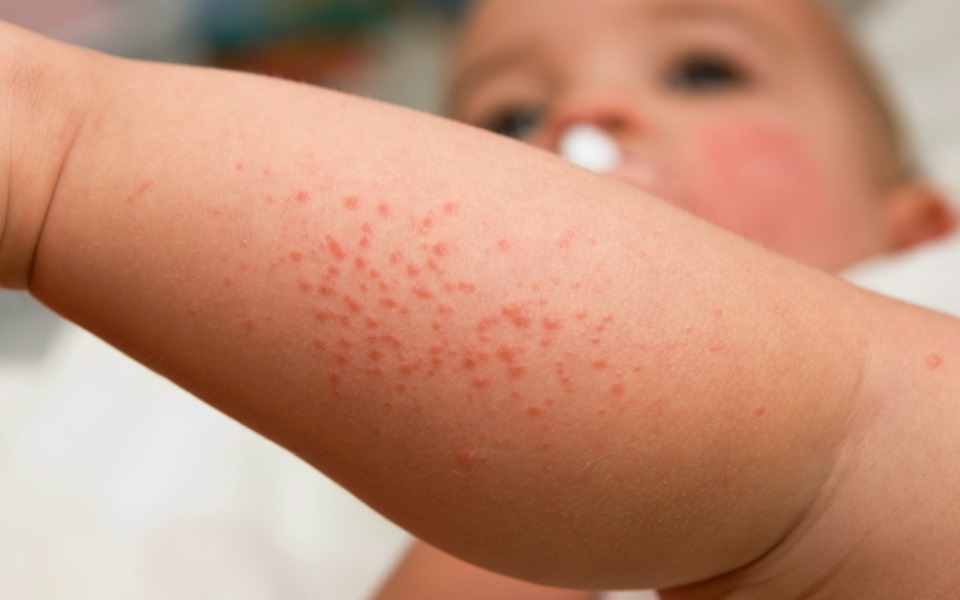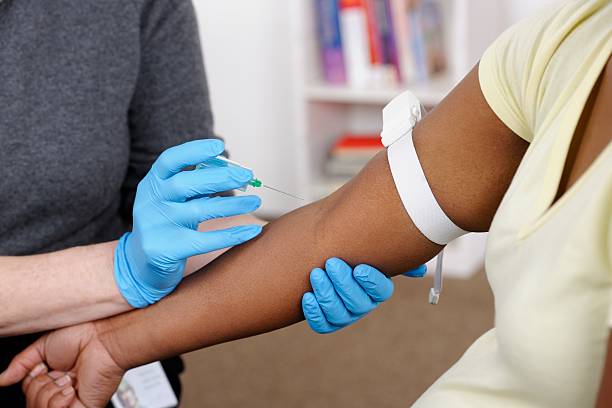ICSI is the part of infertility treatment that came into existence in 1992. It is a boon for those married couples who are deprived of being a parent. Intracytoplasmic sperm injection is an advanced procedure and a step ahead of the IVF technique. ICSI is specially designed to keep male infertility in mind. Over the last few years, men’s sperm quality has degraded, leading to reduced chances of conception. But, ICSI is there to solve this problem. In a natural pregnancy, thousands of sperm in every ejaculation are needed for fertilization, but in ICSI, one healthy sperm is enough for conception.
Read on to get detailed information on ICSI.
What Is ICSI?
ICSI is the sub-part of IVF, which includes sperm injection into the cytoplasm of a mature egg before the egg and sperm are fertilized. This surgery is necessary for couples experiencing severe male factor infertility. Many top-rated clinics in Chandigarh and other cities provide reliable ICSI treatment.

How Does Intracytoplasmic Sperm Injection Work?
During the menstruation cycle, the woman’s body is under the influence of natural hormones—the follicles present in the ovarian region contain the egg for a few days and release it when it grows appropriately. When an ovary releases an egg, the process is called ovulation, which is regulated by hormones.
The mature egg from the ovary is sent to the Fallopian tube for fertilization, where it awaits sperm.
There are a plethora of causes of non-conception, but fortunately, means of treating exist, and ICSI is one of them. As stated above, it’s a segment of IVF treatment.
During this procedure, females are given HCG to promote several egg productions in the ovaries. Then, mature eggs are collected through a fine needle carefully. In a lab environment, an egg is placed under a microscope, and single healthy sperm is injected utilizing a fine needle. Within 24 hours, eggs start showing the symbols of fertilization and divide to form an embryo. It takes around 3-4 days for the egg to develop into a healthy embryo. Afterwards, it is transferred to the women’s womb with a fine tool to form a pregnancy.
Step By Step Guide To ICSI Procedure:
When there are severe male factor infertility cases, the IVF ICSI step-by-step procedure is used. These steps are included in the ICSI procedure:
Stimulation:
This is the initial phase in the ICSI process, which involves injecting drugs into the woman receiving therapy. Hormones are called stimulation drugs to allow follicles to develop.
Egg and Sperm Recovery:
After the stimulation is complete, eggs are recovered. Additionally, sperm are also gathered. The immotile sperm are separated from the motile ones and cleaned after the sperm have been collected.
Insemination:
When the eggs and sperm are collected, each mature egg is then fertilized in a culture plate by being injected with a single sperm while being observed under a hi-tech microscope. The sperms that display a forward movement and have proper morphology are chosen for insemination. This is one of the ICSI steps that significantly boost the rate of fertilization and improve the likelihood of pregnancy.
Blastocyst Culture:
The inseminated eggs are subsequently placed in an incubator for blastocyst culture. The environment inside the incubator is ideal for the eggs to multiply and develop into embryos. The eggs start displaying indications of fertilization after around 24 hours. The eggs must develop into a healthy embryo for about 3 days.
Embryo Transfer:
The pros of ICSI Treatment Clinics transfer the embryo into the female’s uterus for further development. This procedure is a bit uncomfortable.
Who Needs ICSI?
Couples are typically advised to undergo ICSI in the following circumstances:
- If a guy has a low sperm count and cannot conceive after engaging in unprotected sexual activity for more than a year.
- Males should choose it if their sperm is improperly shaped (nasty sperm morphology) or move very little (poor sperm motility).
- When a man has undergone a vasectomy or has a blocked epididymis (a duct that permits the sperm to move from the testis and ejaculate) as a result of a sickness, injury, or hereditary issue,
In addition to successfully treating infertility in couples with abnormal semen parameters, intracytoplasmic sperm injection is also often used in conjunction with assisted reproductive technologies (ART) for other infertility problems in the presence of normal semen parameters, according to the American Society for Reproductive Medicine (ASRM).
In Final Words-:
In the event of multiple IVF failures, the ICSI technique aids in increasing fertilization rates.
Additionally, it might help people with IVF with PGT, lab-matured eggs, or frozen eggs. So, what are you waiting for? Find the best ICSI Treatment Clinic in Chandigarh today!



